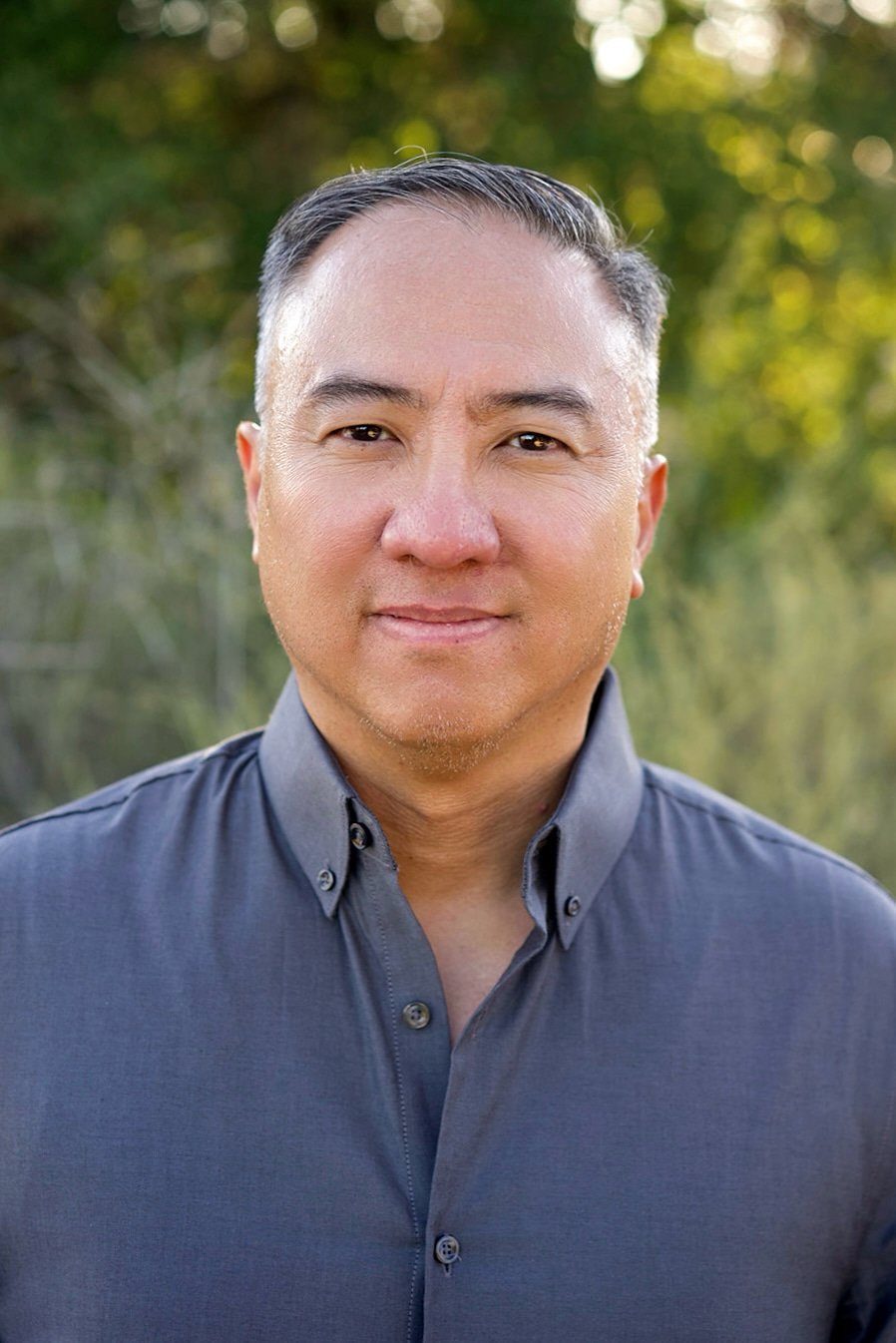Mindfulness-based Therapy
Mindfulness-Based Therapy aka Hakomi Therapy Can Help You Make Progress In Your Life
Have you tried talk therapy and feel that you aren’t getting anywhere? If you haven’t tried therapy before, do you feel stuck in your life and can’t figure out how to get out of your “rut”?
You might understand your challenges or what's holding you back from living the life you want on an intellectual level but still struggle to make lasting changes. Maybe you have a harsh inner critic that holds you back from trying new things or reaching for the stars, preventing you from achieving your full potential. Or maybe you tell yourself that you might as well give up instead of feeling confident and optimistic about fulfilling your plans.
Perhaps you feel “lost” during a time of transition and are struggling to maintain your confidence. Maybe you have some sense of life dissatisfaction, or even feel like you aren’t cut out for the life you want to live.
If you are struggling with inner conflict or excessive worry that impacts every aspect of your life including your career and relationships—and are open to trying something new—Mindfulness-based therapy, also known as Hakomi therapy, can help you find a new perspective and make the lasting changes that you’ve been longing for.
The History And Unique Processes That Drive These Groundbreaking Forms Of Therapy
Mindfulness has been around for approximately 2500 years and in the Western world since the 1970s. Mindfulness can be practiced through meditation, mindful breathing, and body scanning. These practices can help you focus your mind's attention on the current moment and learn where you hold your tension.
Hakomi therapy is a multifaceted approach that combines mindfulness practices, mind-body awareness, and systems theory. This approach examines how our body systems intertwine and provide feedback loops to impact thoughts and behavior.
The Hakomi Method incorporates the principle of nonviolence, based on the Eastern philosophy of avoiding actions that cause harm to yourself or others. This can apply to the therapeutic process, in that the Hakomi therapist welcomes and includes all aspects of your being in the exploration. A Hakomi therapist joins the client in a collaborative process of exploring all aspects of their conscious and unconscious experience with compassion and curiosity.
How Do Mindfulness-Based Approaches Work?
Mindfulness-based counseling practices enable breakthroughs in awareness, the impact of which can resonate in all aspects of your life. This approach involves “looking under the hood” to see if there is something you may have missed along the way in your experiences, providing you with new information to consider.
With the Hakomi method, physical gestures, posture, and facial expressions can provide insight and information about your “core material.” This core material consists of mental imagery, memories, beliefs, and emotions that you may or may not be aware you have. These facets determine your individual nature and can impact where you are in life at this point.
This work can help unlock and reconsider negative beliefs about yourself that have become embedded in your way of being and are challenging to resolve. Revisiting these negative formative experiences with a counselor in mindfulness-based therapy can help you see that they are not true and not reflective of who you are or what you can accomplish in life. After a few therapy sessions, you might notice that thinking about your stressors feels lighter, different, and more objective. You may even feel compassion with new perspectives on the events you’ve been through.
Mindfulness Psychology Differs From Cognitive-Based Therapy
These mindfulness-based approaches make it possible to fully integrate difficult or stressful experiences into your headspace differently than talk therapy can. If we ignore our bodily sensations while we intellectualize or discuss our memories or emotions, they can get stuck without release.
Cognitive-based therapy and other forms of talk therapy primarily engage the prefrontal cortex—the more cognitive part of our brain that helps us make sense of our experiences. Mindfulness invites a fuller brain and body experience that can facilitate the healthy expression of repressed emotions and potentially a more integrated sense of self.
In the short term, you can learn the tools to become more aware of your experiences, enabling you to gain better insights and make healthier, more authentic life choices. In the long term, inner transformation is possible, as is a more developed sense of self in addition to a sense of inner freedom.
My Background In Mindfulness-Based Therapy Practices
I've been practicing mindfulness since 2007 and continue to practice daily. I trained in Hakomi Mindfulness-based Somatic Psychotherapy in 2015 and became a Certified Hakomi Therapist in 2020. I have found the practice of mindfulness to be an empowering and grounding experience. This spurred me to learn more about how I could share the practice with others and assist in my clients’ healing and transformation.
We can use mindfulness to slow down and look at what we’re going through to notice all the elements of it, and how it shows up in the body through sensations, tension, emotions, and memories. I personally experienced powerful moments of awareness in my practice and considered those breakthroughs possible due to Mindfulness and Hakomi therapy.
Let’s Discuss How My Mindfulness-Based Therapy Practices Can Help
I invite you to reach out through my contact form or email me at dj@davidjavate.com to schedule a free 15-minute consultation to learn more about my mindfulness-based therapy practices and how they can be the catalyst for lasting change in your life.
Mindfulness-based therapy sessions are $190 per 50 min session.



